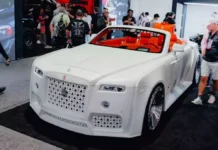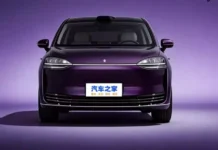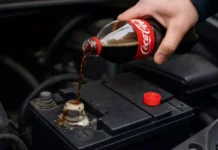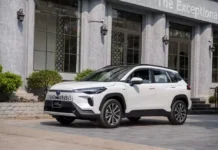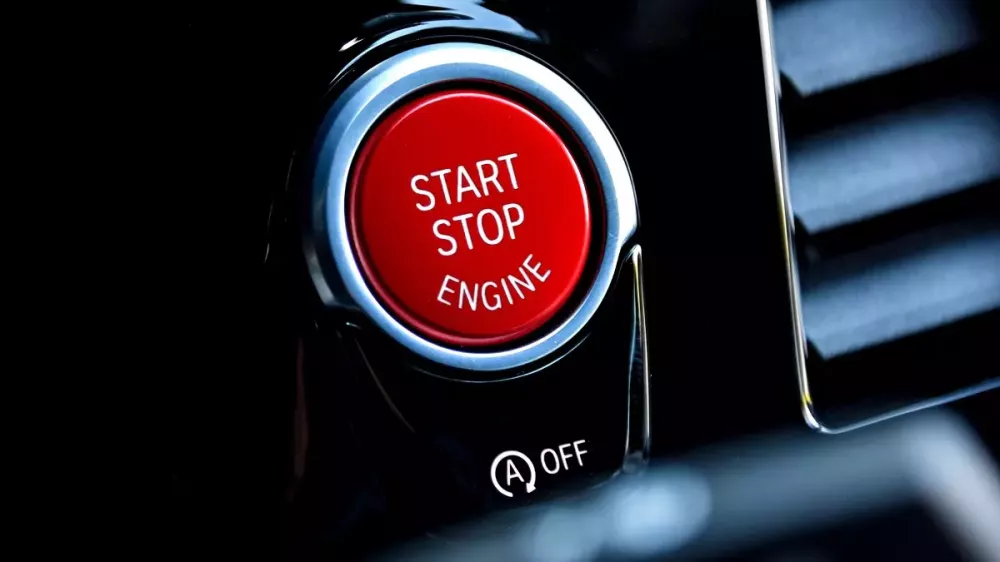The US Environmental Protection Agency (EPA) has reported that the Start/Stop technology, which temporarily shuts off the engine at red lights or in traffic jams, is facing significant criticism from consumers in the country.
According to the latest Automotive Trends report by the EPA, up to 62% of 2023 model-year vehicles received emission credits from the agency for being equipped with Start/Stop technology. 18 automobile manufacturers have installed the system in some of their vehicle lines. The primary goal of this technology is to conserve fuel in situations where vehicles are stopped for short periods.
In an interview with the New York Times, a professor of engineering revealed that automobile manufacturers save approximately $30 per vehicle due to the emission credits provided by the EPA for the Start/Stop system.
However, despite its widespread adoption, the system has sparked intense controversy. In a social media post on X in May 2025, Lee Zeldin, the head of the EPA, stated, “Everybody hates it,” and the EPA is “dealing with it.”
The Corporate Average Fuel Economy (CAFE) standards had incentivized automobile manufacturers to adopt Start/Stop technology to avoid penalties. Indeed, Start/Stop does help vehicles conserve fuel. Edmunds discovered that for 2014 and 2015 model-year vehicles equipped with this technology, fuel savings in city driving could reach 10%.
However, President Donald Trump weakened this incentive when he signed the spending and tax bill on July 4, 2025. This bill eliminated penalties for automakers who failed to meet CAFE standards. The Trump administration had previously waived these penalties for 2022 model-year vehicles.
The EPA is currently reevaluating the emission standards that form the basis for awarding emission credits to technologies that reduce emissions, such as Start/Stop. According to Chris Harto, a policy analyst at Consumer Reports, if the CAFE program is no longer enforced and there are no longer stringent emission requirements, automakers will have little reason to integrate this technology into their vehicles.
Do Drivers Like the Stop-Start Technology?
In addition to policy pressures, Start/Stop has faced significant pushback from consumers who find it annoying, despite its fuel-saving benefits. While most automakers allow drivers to disable this feature with a button, many vehicles automatically re-enable it upon restarting the car.
A survey by the British insurance company Direct Line, conducted in 2024 with over 2,000 drivers, found that 27% of respondents did not regularly use Start/Stop because they found it “very annoying.”
E-commerce platforms like Amazon are flooded with “Start/Stop disable devices,” ranging from OBD port plug-in cables to gadgets that mimic the off button. On social media, users share hacks such as pressing the brake pedal gently to prevent the engine from shutting off or using a trailer light test device to trick the vehicle into not activating Start/Stop.
Many drivers also worry that Start/Stop technology will cause engine wear and tear. However, manufacturers like Continental and Ford assert that no additional maintenance is required for this system.
The EPA declined to provide further details on its plans to improve or address Start/Stop technology in the future, stating via email: “The temporary engine shut-off technology is a feature that annoys millions of Americans. Please stay tuned for more information on how the EPA will address this issue.”
From an environmental perspective, Start/Stop is not a significant concern. Albert Gore, the executive director of the Zero Emission Transportation Association (ZETA), asserts, “I think people like saving money on gas, and if they don’t, they can turn it off. I don’t understand why we would take that choice away from people.”








